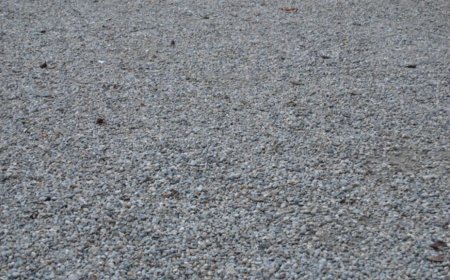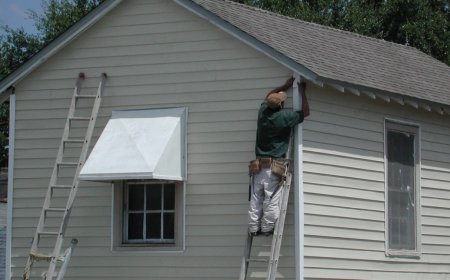The Difference Between Bees, Wasps, and Hornets: Why It Matters for Removal
Confused between bees, wasps, and hornets? Learn how to tell them apart and why proper identification is crucial for safe and effective removal in Melbourne.

Spotting flying insects around your home or garden can be unsettlingespecially if they sting. But not all stinging insects are the same. Bees, wasps, and hornets each have different behaviours, colony structures, and risk levels. Knowing the difference between them is essential for safe and effective removal.
Misidentifying a bee as a waspor vice versacan lead to unnecessary panic, improper handling, and even damage to your property or the environment. Heres how you can tell them apart and why it matters for pest control in Melbourne.
Bees: The Pollinators
Bees are generally fuzzy, slow-moving, and often brown or golden in colour. Their bodies are covered in fine hairs, which help collect pollen. Bees are essential for pollination and are not typically aggressive unless provoked.
They build hives in tree hollows, roof cavities, or wall voids. Honey bees may also swarm during spring and summer to form new colonies. These swarms may look alarming, but theyre usually temporary and not dangerous unless disturbed.
If bees are present, humane removal is always the preferred method. Relocation allows the colony to thrive elsewhere without harming themor you.
Wasps: The Aggressors
Wasps have sleeker, shiny bodies with brighter yellow and black stripes. They are more aggressive than bees and can sting multiple times. Common types in Melbourne include the European wasp and the paper wasp.
Wasps often build their nests in visible places like under eaves, roof corners, or inside wall cavities. Unlike bees, wasps are carnivorous and are attracted to meat, sugary drinks, and food waste.
Because of their territorial nature, wasps can pose a greater danger to people and pets. Professional removal is strongly advised.
Hornets: The Larger Threat
Hornets are a subspecies of waspslarger and even more aggressive. While theyre less common in Melbourne than bees or regular wasps, European hornets have been spotted in some suburban areas.
They build large, papery nests in sheltered areas. Their sting is more painful and potentially dangerous, particularly for allergic individuals. Never attempt to remove a hornet nest without protective gear and expertise.
Why Identification Is Important
Correct identification ensures the safest, most effective approach to removal. For instance, while bee colonies are often relocated, wasp or hornet nests typically require extermination. Applying the wrong treatment can aggravate the colony and increase the risk of attacks.
Thats why its crucial to contact a licensed expert in Bee Control Melbourne who can inspect and identify the infestation accurately before taking action.
Depending on the species, location, and removal method, the Bee Removal Cost Melbourne can varybut expert guidance always guarantees safer and longer-lasting results.
For all types of stinging insect problems, Bees Pest Control Melbourne offers reliable assessment and tailored solutions across the region.
Final Thoughts
Not every flying insect is a bee, and treating them all the same can be dangerous. Whether youre dealing with bees, wasps, or hornets, trust professionals to make the right call. Proper identification is the first step to safe removaland peace of mind.






































